Comparisons
Lenovo Tab M11 vs. Tab M10 vs. M10 Plus 3rd Gen Comparison
What’s the difference between the Lenovo Tab M11 vs Tab M10 vs M10 Plus 3rd Gen? Let’s stack the 3 Lenovo tablets against each other.
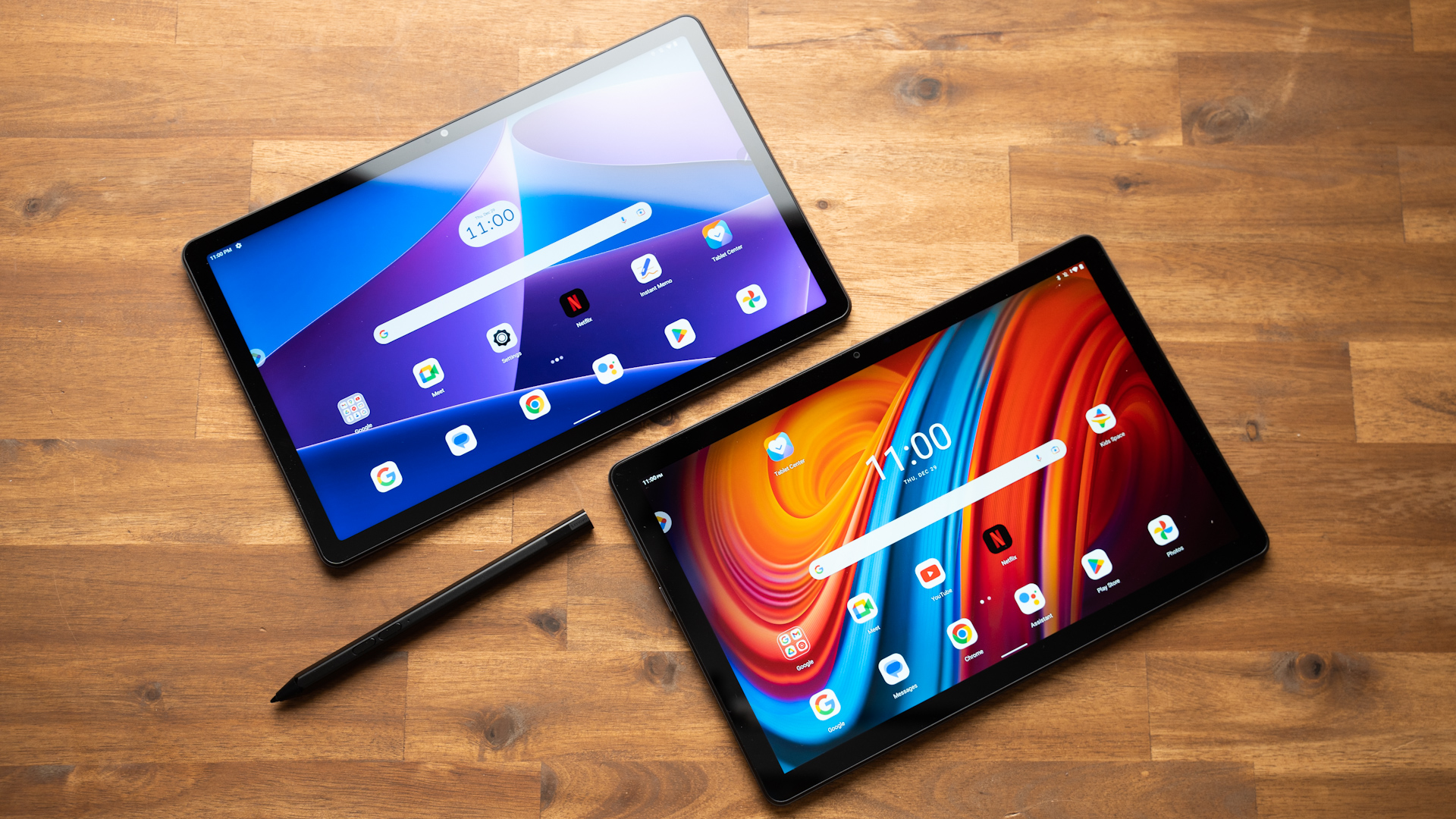
The Lenovo Tab M series has gained popularity among Android tablet enthusiasts for its impressive features and affordability. In this article, we will compare three models from this series: the Lenovo Tab M11, Tab M10, and M10 Plus 3rd Gen. Each tablet offers a decent set of specifications and features, catering to different user needs. So, let’s dive into the details and find out which tablet suits you best.
Lenovo Tab M11 vs Tab M10 vs M10 Plus 3rd Gen Comparison: Quick Overview
| Feature | Tab M10 3rd Gen | Lenovo Tab M10 Plus 3rd Gen | Lenovo Tab M11 |
| Display | 10.1-inch Full HD IPS LCD, 1920 x 1200 resolution, 60Hz refresh rate | 10.61-inch 2K IPS LCD, 2000 x 1200 resolution, 60Hz refresh rate | 11-inch IPS LCD, 1920×1200 resolution, 90Hz refresh rate |
| Performance | Unisoc T610, 4GB RAM | Snapdragon 680, 6GB RAM, 128GB storage | MediaTek Helio G88, 4GB/8GB RAM, microSD slot |
| Battery Life | 5100mAh | 7700mAh | 7040mAh, 15W fast charging |
| Storage | 64GB, expandable up to 128GB with microSD | 128GB internal storage, expandable up to 1TB | 64GB/128GB internal storage, microSD card slot |
| Operating System | Android 11 | Android 12 | Android 13 |
| Camera | 8MP rear, 5MP front | 8MP rear, 8MP front cameras | 8MP/13MP rear, 8MP front cameras |
| Audio | Dual speakers with Dolby Atmos | Quad Speakers, Dolby Atmos | Quad speakers with Dolby Atmos |
| Connectivity | Dual Band Wi-Fi, Bluetooth 5.0, USB-C | 4G LTE (Optional), Dual Band Wi-Fi, Bluetooth 5.0, USB-C | Wi-Fi, Bluetooth v5.1, USB Type-C port |
| Dimensions and Weight | 239.8 x 158.6 x 8.5 mm, 460g | 251.2 x 158.8 x 7.45mm; 465g | 166.31 x 55.26 x 7.15mm; 465g |
| Other Features | Dual speakers with Dolby Atmos, GPS, stylus support | FM-Radio, Wi-Fi Direct, Wi-Fi Display, A-GPS, | 802.11 a/b/g/n/ac, USB Type-C port, Quad speakers with Dolby Atmos |
Display
Starting with the display comparison, the Lenovo Tab M10 3rd Gen boasts a 10.1-inch Full HD IPS display with a 100% sRGB color gamut and 60Hz refresh rate. On the other hand, the Tab M10 Plus 3rd Gen takes it a step further with a 10.61-inch 2K IPS display, offering sharper images and a brightness of 400 nits and 60Hz refresh rate. The Tab M11 takes the crown with an 11-inch display and a crisp resolution of 1920×1200 pixels. Additionally, the Tab M11 features a higher 90Hz refresh rate, ensuring smoother scrolling and improved visual experience.
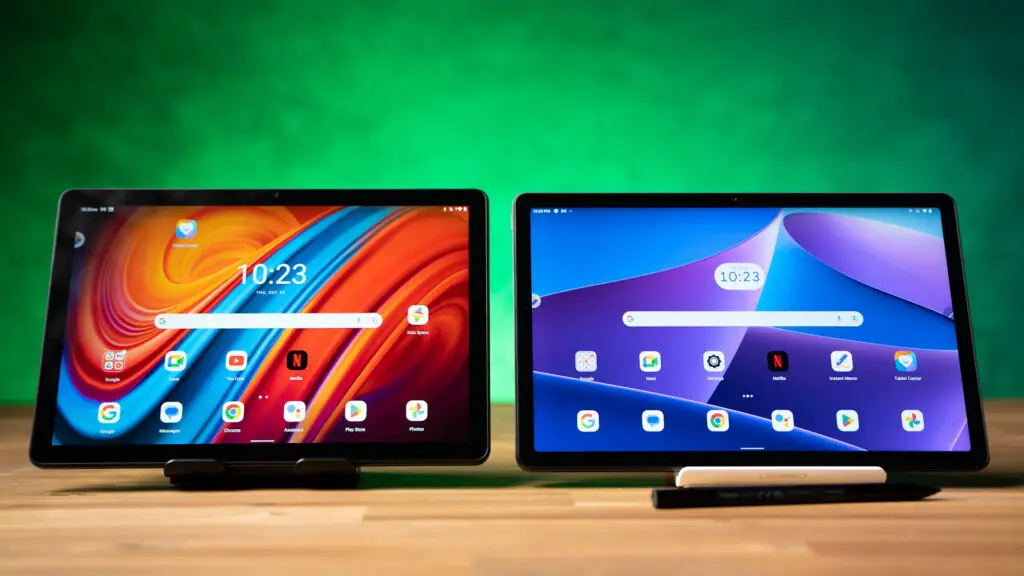
We have reviewed both the Tab M10 3rd Gen and Tab M10 Plus 3rd Gen. At their price points, both the tablets offer decent displays but M10 Plus steals a bit of the spotlight, not just for being a tad brighter but also for boasting higher contrast and more vibrant colors. However, the 60Hz refresh rate is disappointing. In a market where the Xiaomi Redmi Pad comes with a 90Hz display, this feels like a missed opportunity for Lenovo.
On a positive note, the inclusion of Widevine L1 support is a noteworthy detail, ensuring users can enjoy Netflix in HD resolution. The M10 Plus takes it up a notch with its four speakers, enhancing the Netflix experience compared to the slightly weaker audio performance of the M10.
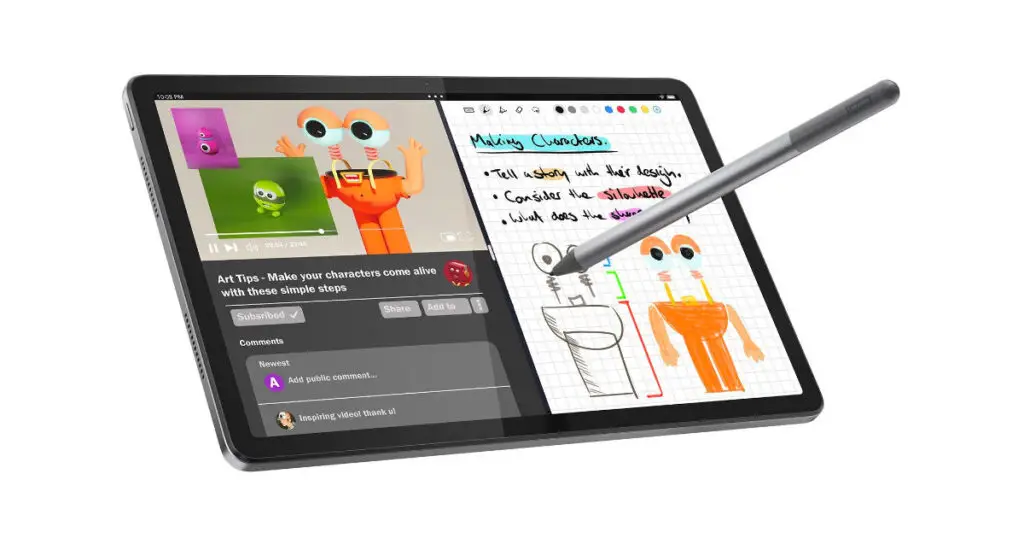
Going by the specifications though, the Tab M11 comes up as a better and more advanced option. Of course, it is a 2024 launch and is expected to bring the much needed improvement over its predecessors.
The Lenovo Tab M10 and M10 Plus 3rd generation offer a solid built quality, good displays and almost pure Android. However, because of their kind of weak processor, they are not too exciting. The battery life of the M10 is disappointing. But they can get very interesting once prices drop.
Performance and Software
When it comes to performance, the tablets differ in terms of processors and RAM. Under the hood, the M10 Gen 3 is powered by the Unisoc T610 chipset, a familiar chipset from the Nokia T20 tablet. Paired with 3GB or 4GB of RAM and storage options ranging from 32GB to 64GB, this tablet, though not groundbreaking, offers a decent configuration for its price. Storage on the Tab M10 3rd Gen can be expanded up to 128GB using a microSD card.
On the other hand, the M10 Plus Gen 3 steps up its game with a MediaTek Helio G80 processor. This variant offers configurations with 3GB, 4GB, or 6GB of RAM, coupled with storage options of 64GB or 128GB. It’s worth noting that the LTE version adopts a Qualcomm Snapdragon SDM680 processor, diverging from the M10 Gen 3. Storage on the Tab M10 Plus 3rd Gen can be expanded up to a whopping 1TB with a microSD card.
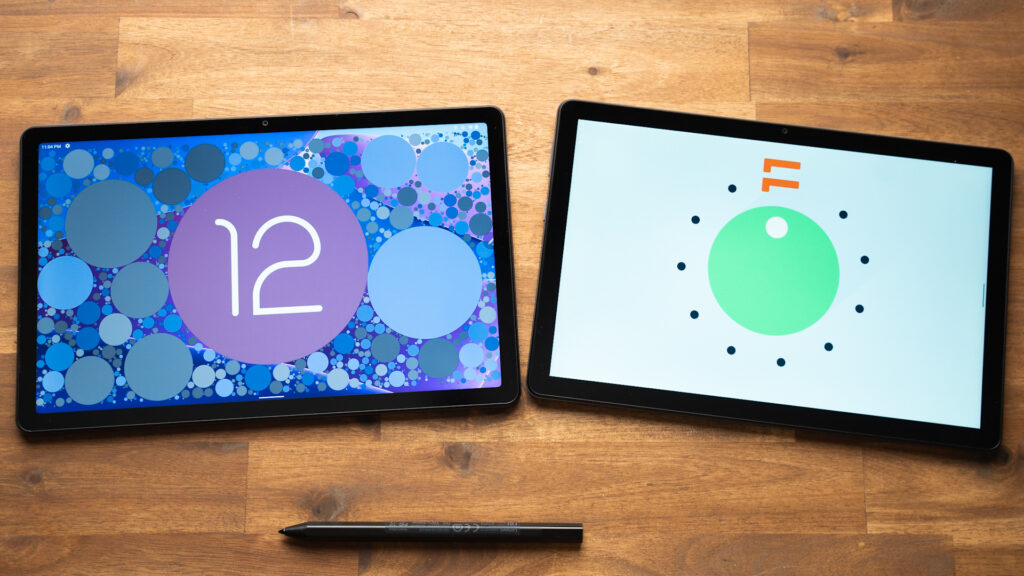
Topping both the Tab M10 and M10 Plus, the Tab M11 flexes its muscles with a MediaTek Helio G88 processor and options for 4GB or 8GB RAM. The Tab M11 provides two storage options: 64GB and 128GB, which can be further expanded up to 1TB via microSD card. Clearly, the newly launched Tab M11 packs more performance punch than the other two tablets. We are yet to review this one but going by the chipset, it is expected to deliver a more solid performance.
As for Tab M10 and M10 Plus 3rd gen, the benchmarking reveals a nearly similar processor performance between the two models in Geekbench 5, putting them in close competition with the Samsung Galaxy Tab A8. However, the M10 Plus gains an edge in graphics performance showcasing better gaming capabilities over the Tab M10.
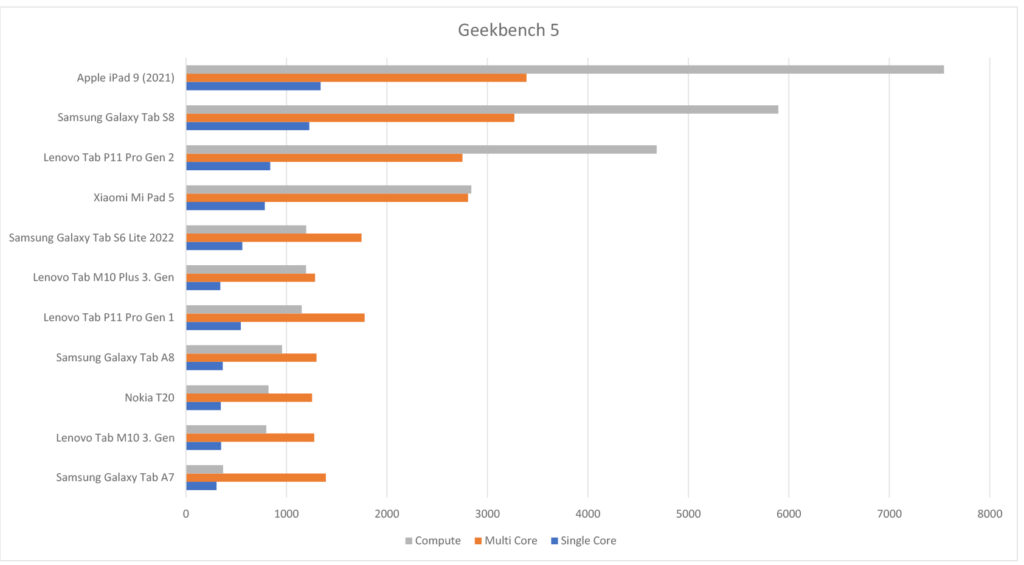
Yet, when pitted against heavyweight competitors like the Samsung Galaxy Tab S6 Lite and Xiaomi Redmi Pad in the 3D Mark Wild Life test, the Lenovo duo falls a bit short. High graphics settings might be a stretch for Tab M10 and M10 Plus, in our review, the tablets managed a decent performance with settings tuned to “normal” for games like Apex Legends, maintaining 30 FPS. The M10 Plus lags slightly behind its competitors like the Redmi Pad and Samsung S6 Lite.
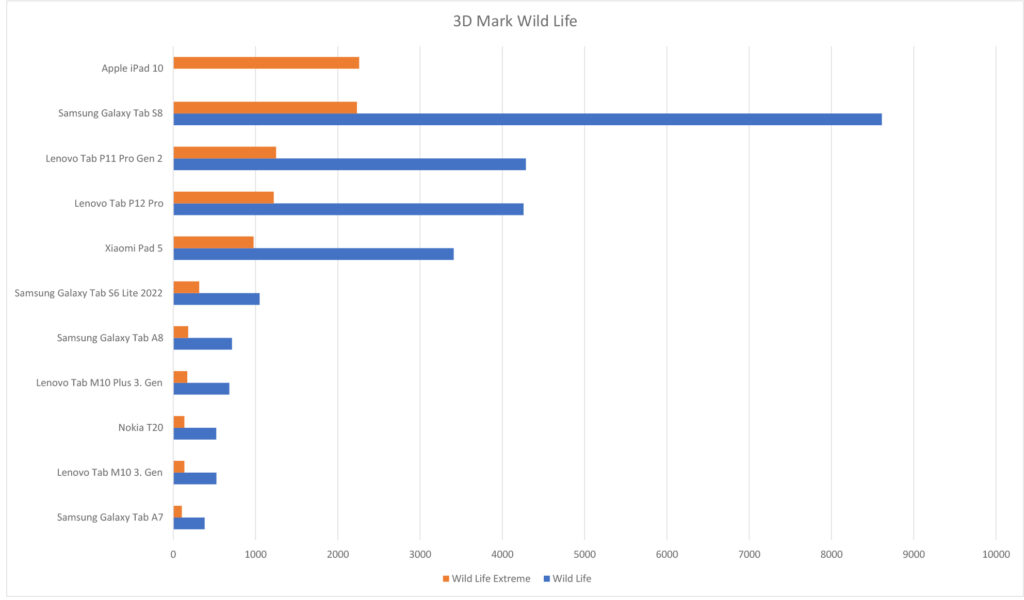
Out of the box, the M10 Plus runs Android 12, and the M10 runs Android 11, promising a potential update to Android 12. The Tab M11 runs Android 13 and comes with a promise of 4 years software support from Lenovo. By the way, Samsung is already rolling out Android 14 for their tablets.
Read More: Android 14 Update for Lenovo Tablets: Timeline for Every Device
Lenovo is not the best when it comes to rolling out timely software updates, but one can expect the company to keep its promise for at least one major update. You can learn more about Lenovo’s software roadmap in our detailed guide.
Battery
Battery life is an important aspect, especially for users who are always on the go. The Tab M10 3rd Gen is equipped with a 5100mAh battery while the Tab M10 Plus 3rd Gen offers a larger 7700mAh battery. The Tab M11 comes with a 7,040mAh battery and supports 15W fast charging.
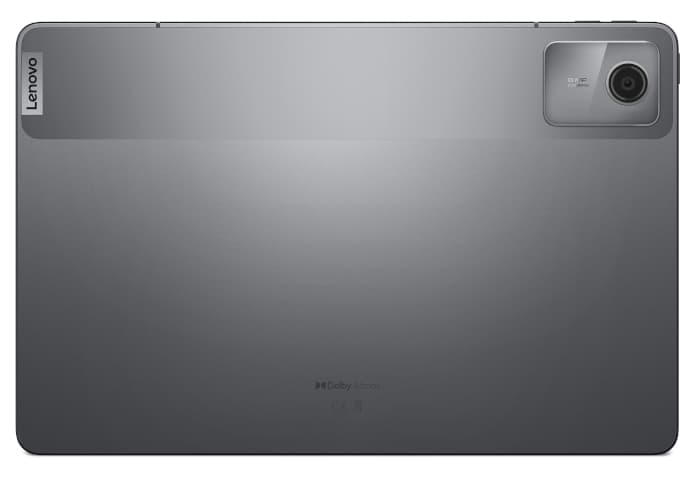
Starting with the M10 Gen 3, its battery performance is a bit underwhelming. During our battery testing that involves continuous HD YouTube video playback, this tablet managed a runtime of approximately 5 hours. In contrast, the Tab M10 Plus Gen 3 proved itself with an 8.5 hours battery output under similar testing conditions.
Since we haven’t tested the M11 yet, we cannot comment on its better battery life. However, its RAM and processor specs make us expect a similar battery performance as the Tab M10 Plus.
Camera and Connectivity
The Tab M10 3rd Gen features an 8MP autofocus rear camera and a 5MP fixed-focus front camera while the Tab M10 Plus 3rd Gen offers an 8MP auto-focus rear camera and an 8MP fixed-focus front camera. The Tab M11 takes it a step further with an 8MP or 13MP rear-facing camera (depending on the variant) and an 8MP front-facing camera, offering improved photography capabilities than the other two tablets.
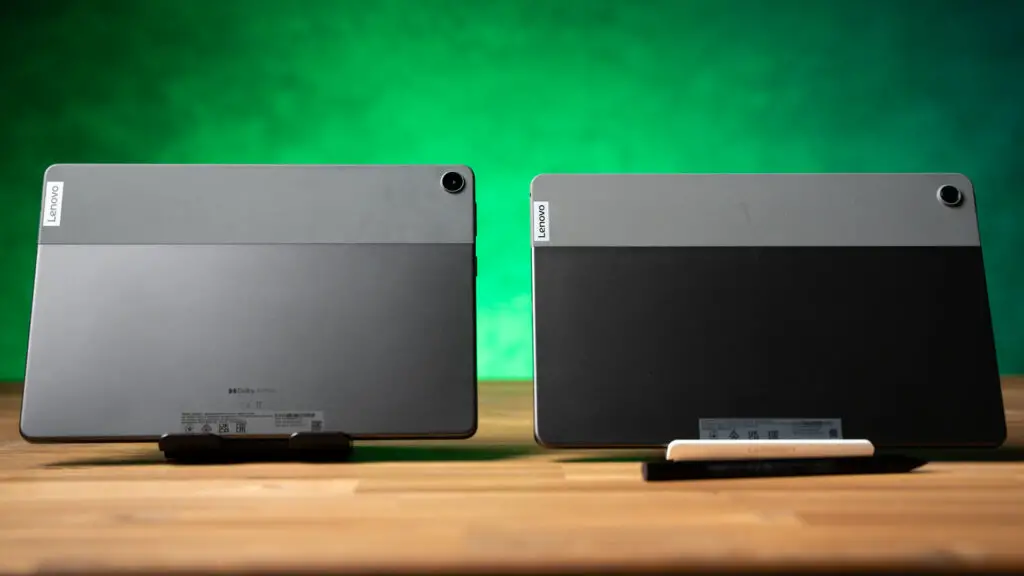
Coming to connectivity and audio, the Tab M10 Gen 3 supports WiFi 802.11 a/b/g/n/ac, 2.4GHz & 5GHz dual-band, Bluetooth 5.0, USB Type-C port, Dual speakers with Dolby Atmos, 3.5mm headphone jack, and GPS. The M10 Plus, on the other hand, supports 4G LTE with voice calling (Optional), Dual Band Wi-Fi (2.4GHz and 5GHz), Bluetooth 5.0, USB Type-C port, GPS, Wi-Fi Direct, Wi-Fi Display, A-GPS, Beidou. 3.5mm audio jack, and Quad Speakers with Dolby Atmos.
The latest Tab M11 supports WiFi 802.11 a/b/g/n/ac, Bluetooth v5.1, Quad speakers with Dolby Atmos, USB Type-C port, 3.5mm audio jack, and Quad Speakers with Dolby Atmos. It also brings stylus support i.e. it is compatible with Lenovo Tab Pen. Of course, the stylus needs to be purchased separately.
As expected, the Tab M11 packs a bit better connectivity options than the other two tablets and also brings stylus support onboard.
The Verdict
Choosing the right tablet from the Lenovo Tab M series depends on your specific requirements and preferences. If you prioritize display quality and a higher refresh rate, and advanced specs than the other two tablets in this comparison, then Tab M11 is clearly the best choice. The Lenovo Tab M11 will hit the US markets in April 2024 with a starting price of $180. So, if you can wait until April, then go for the Tab M11.
Based on your reviews of the Tab M10 and Tab M10 Plus, we lean in favor of the latter. With its bigger screen, better performance, and battery backup, the M10 Plus is the best pick between the two.
Leave a Reply
-
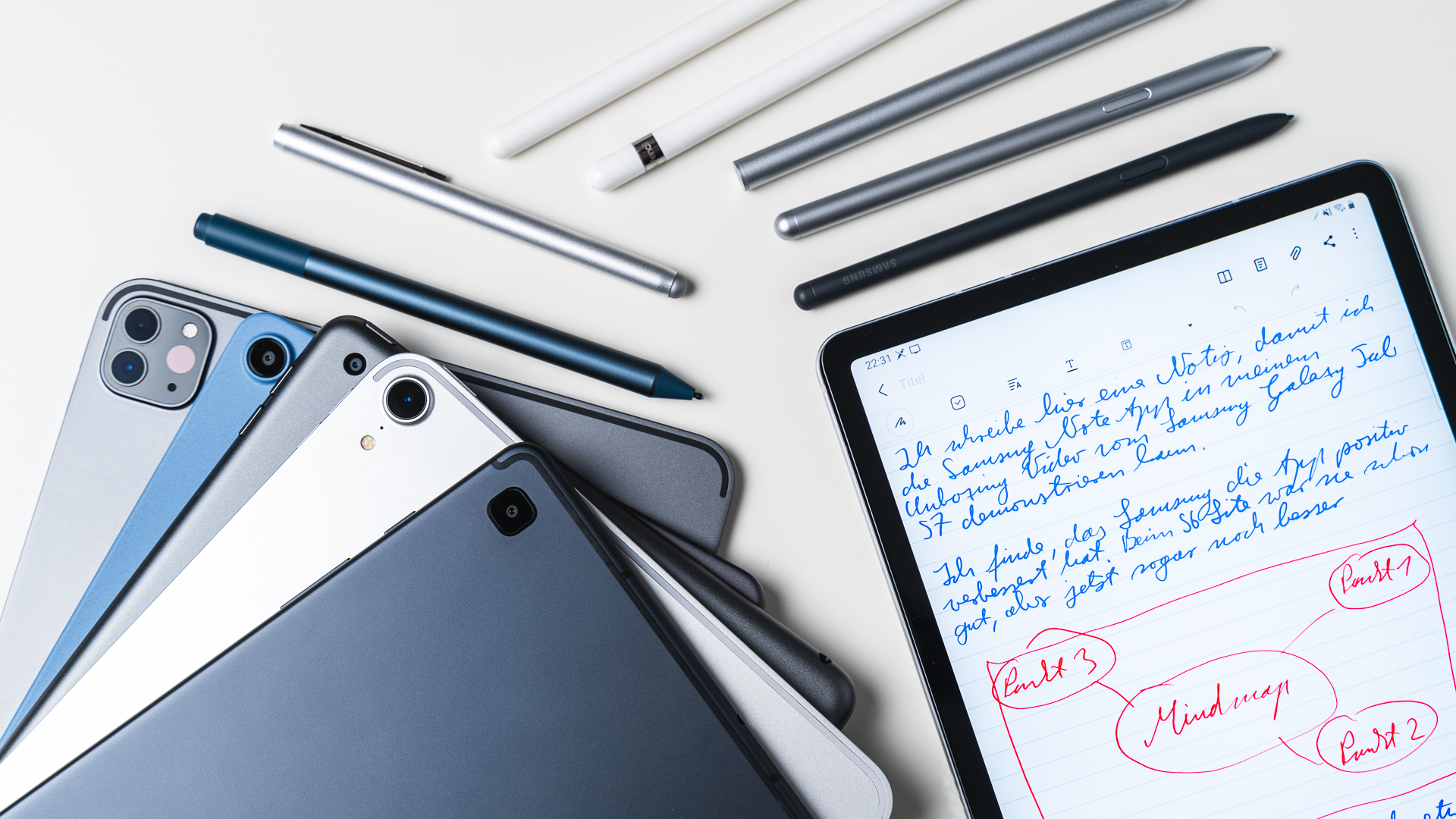
 The Best6 months ago
The Best6 months ago9 Best Tablets With Stylus Pen For Drawing & Writing | 2024 Edition
-
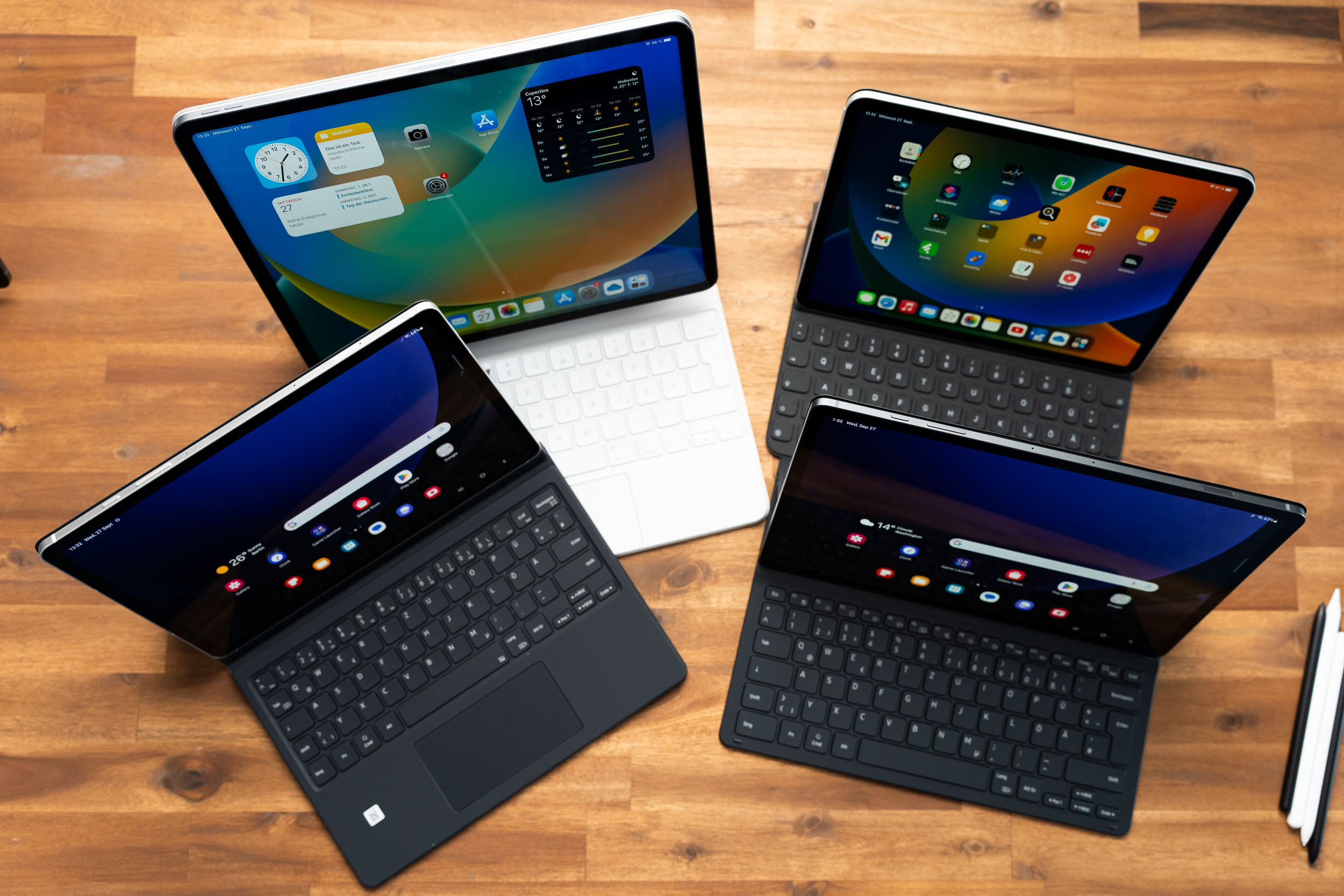
 The Best5 months ago
The Best5 months agoTop 10 Best Tablets with a Keyboard | 2024 Edition
-
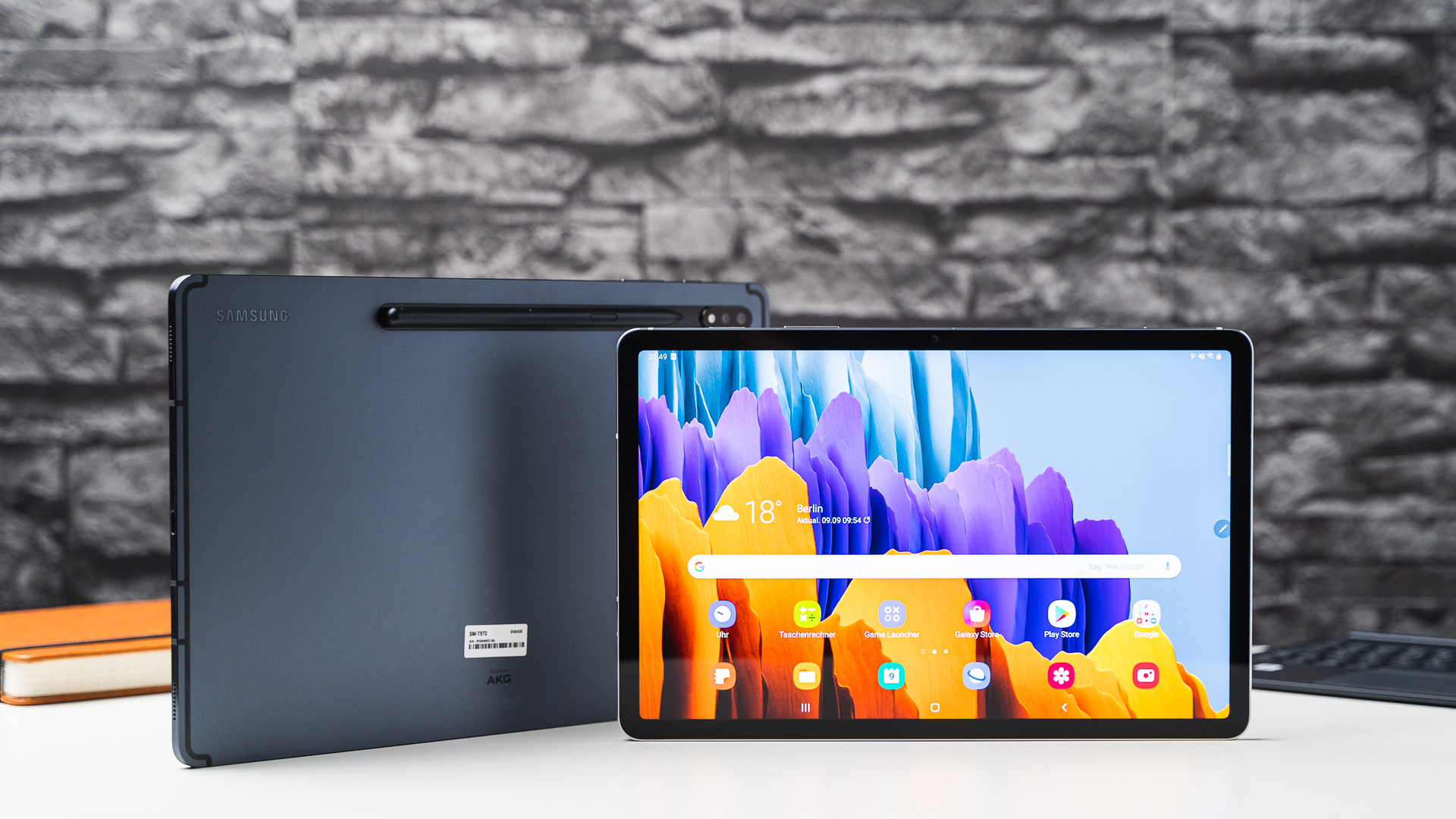
 The Best4 months ago
The Best4 months agoTop 15 Best Android Tablets Based On Real Reviews | 2024 Edition
-
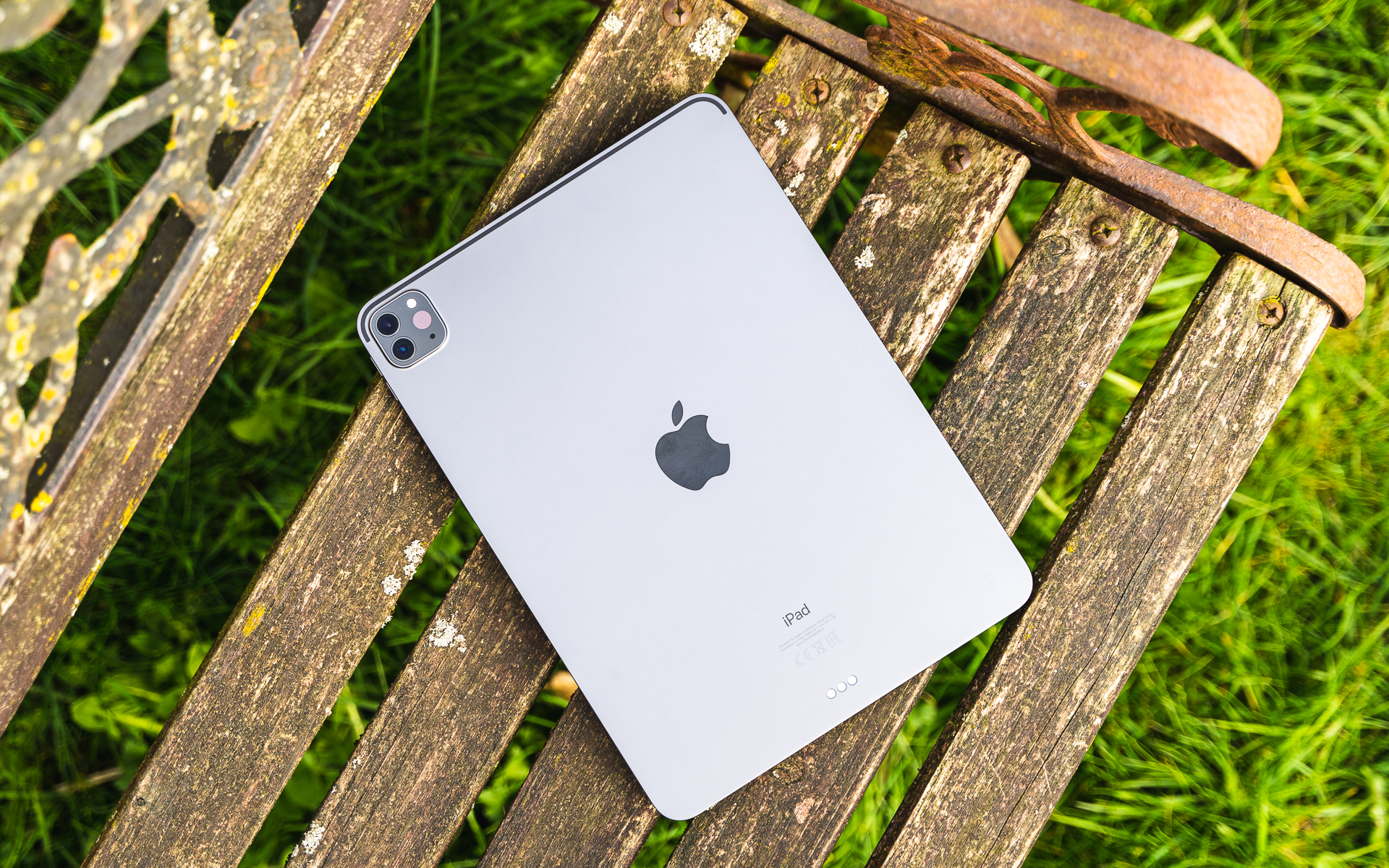
 The Best4 months ago
The Best4 months ago11 Best Tablets With 5G, 4G LTE & SIM Card Slot in 2024
-
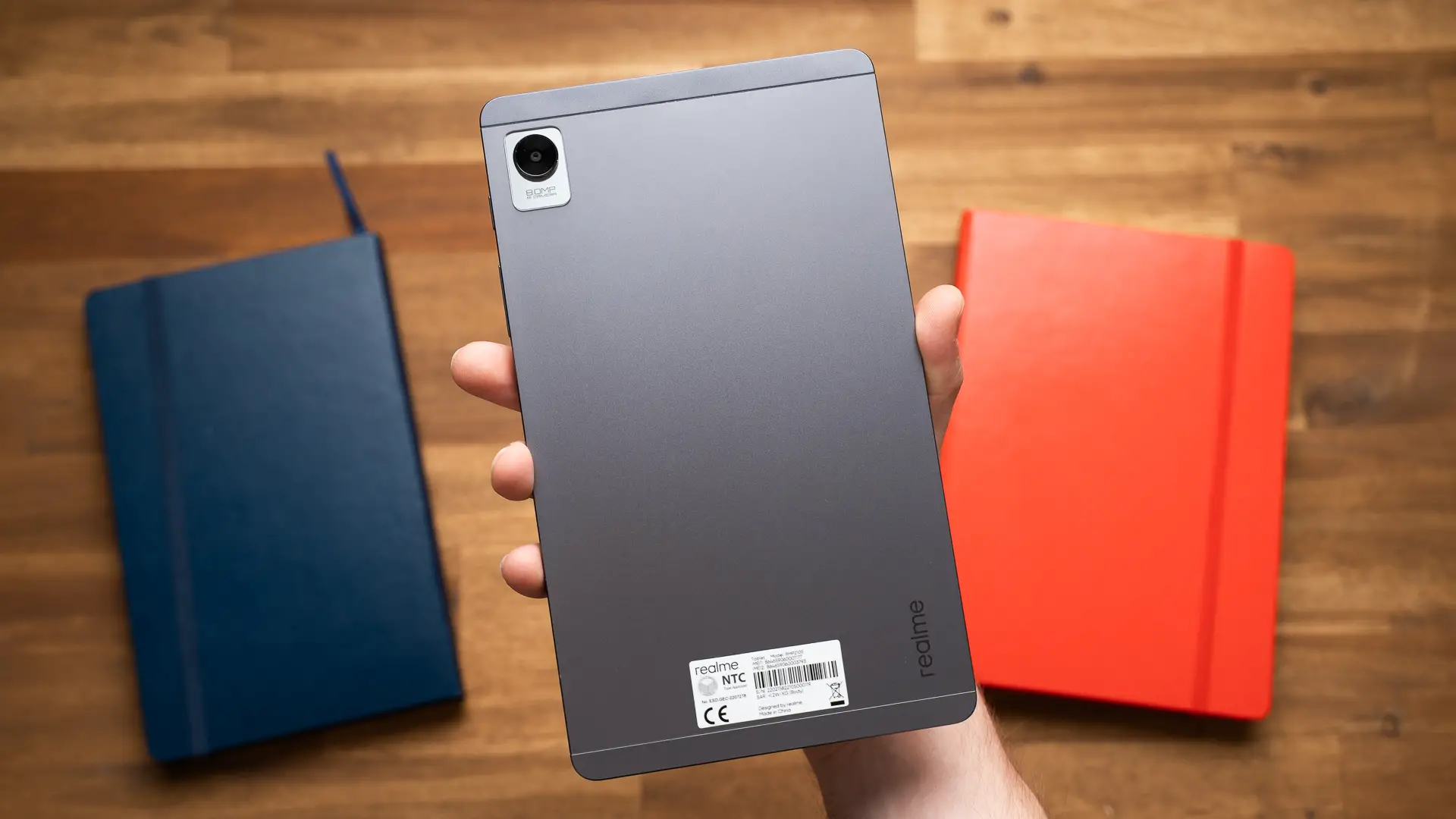
 The Best4 months ago
The Best4 months ago6 Best 8-Inch Mini Tablets Review & Comparison | 2024 Edition
-
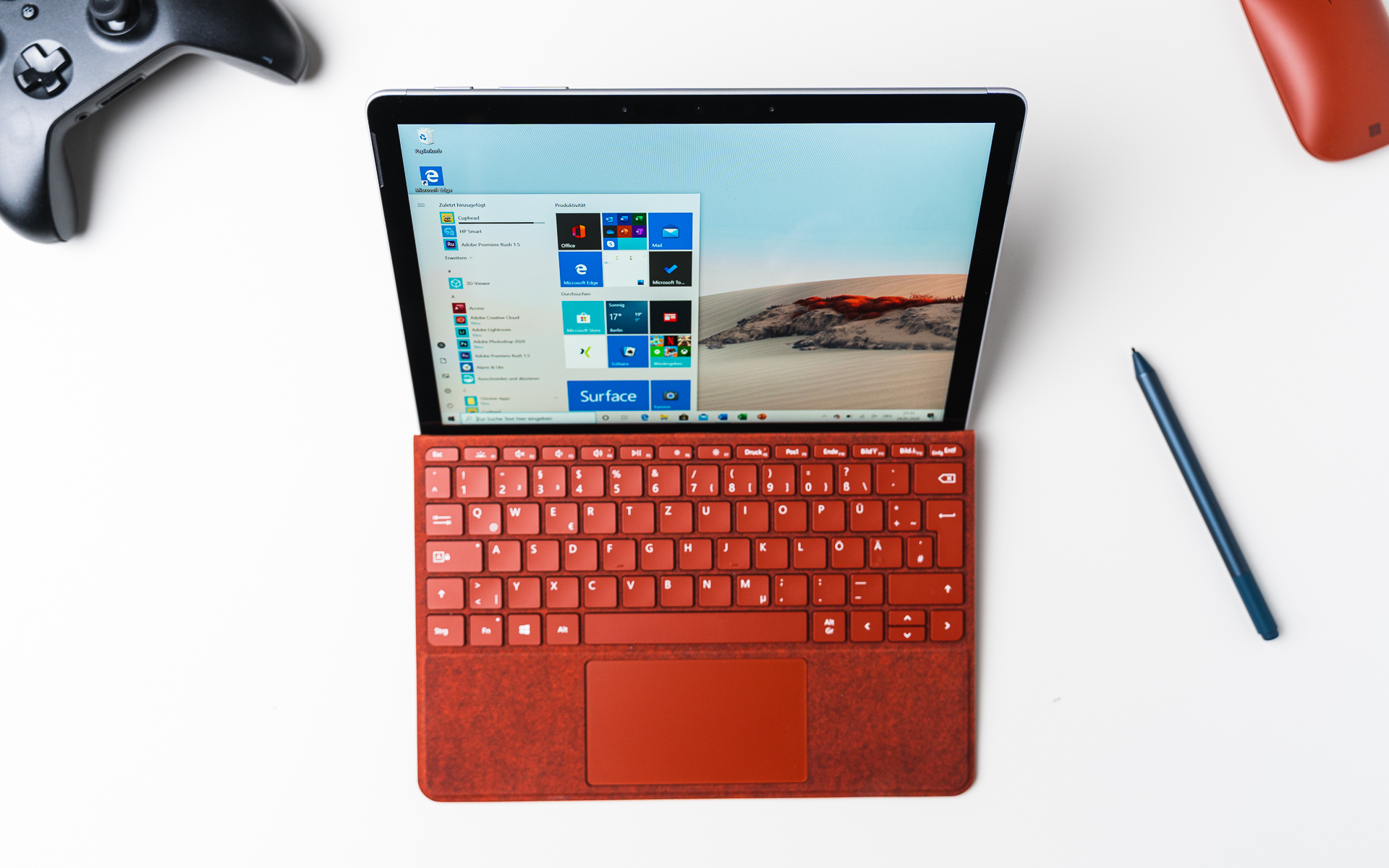
 The Best5 months ago
The Best5 months agoTop 3 Best Windows Tablets You Can Buy Today | 2024 Edition
-

 The Best6 months ago
The Best6 months agoThe 8 Best Samsung Tablets: Our Big 2024 Comparison
-
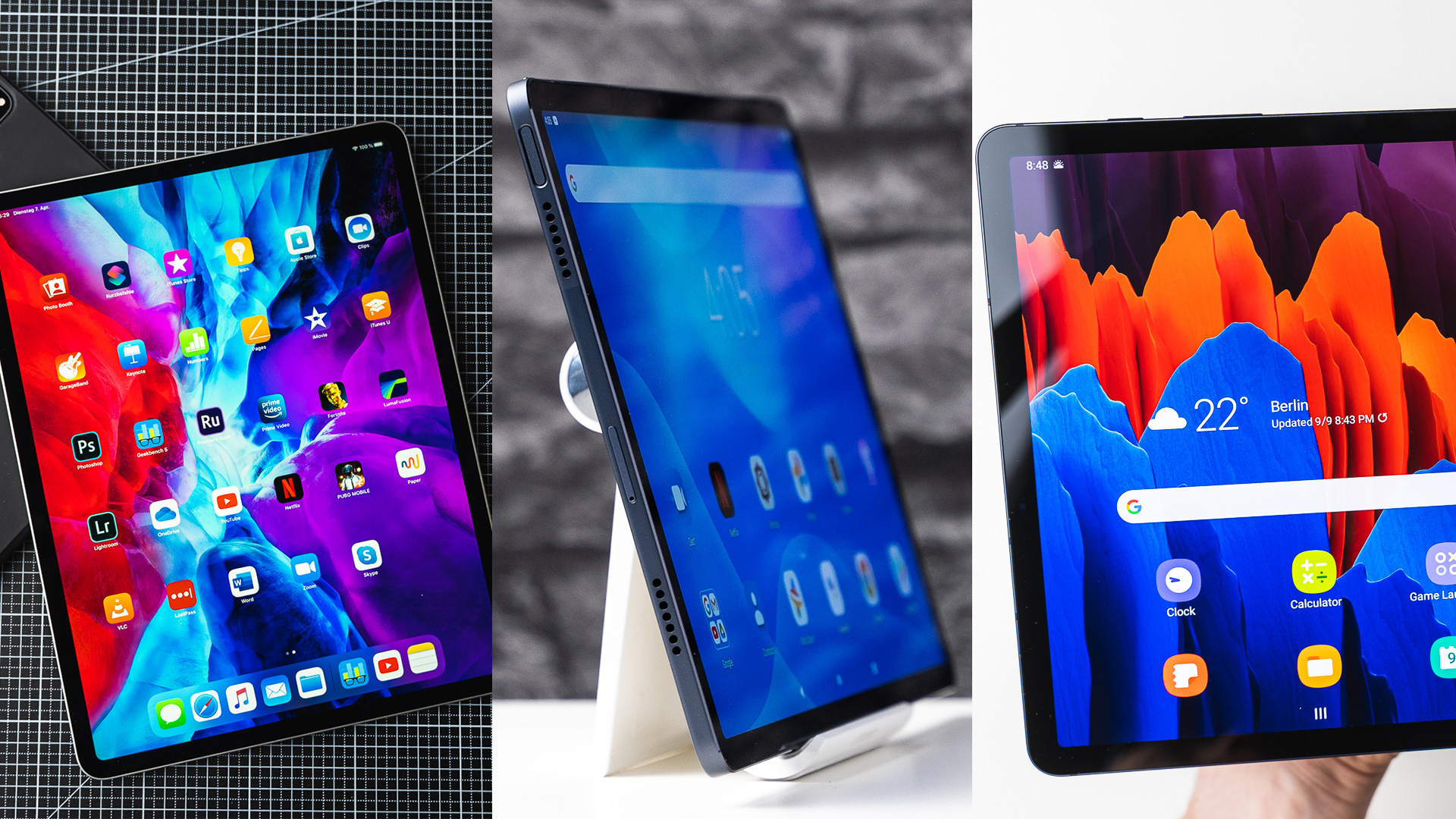
 The Best6 months ago
The Best6 months agoTop 7 Best Large Screen Tablets Tested | 2024 Edition

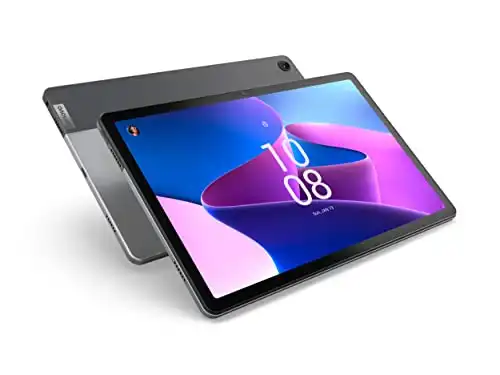

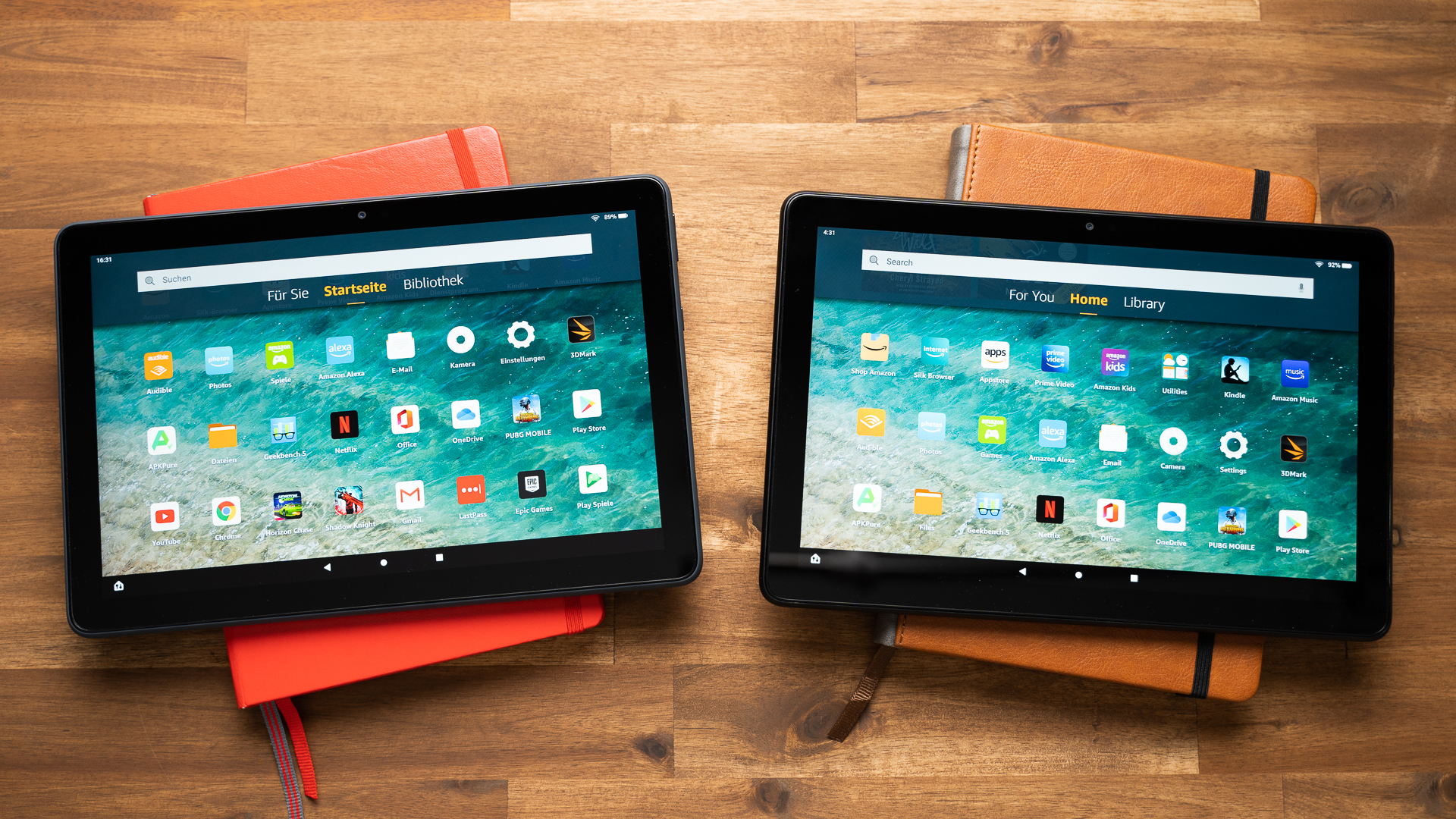
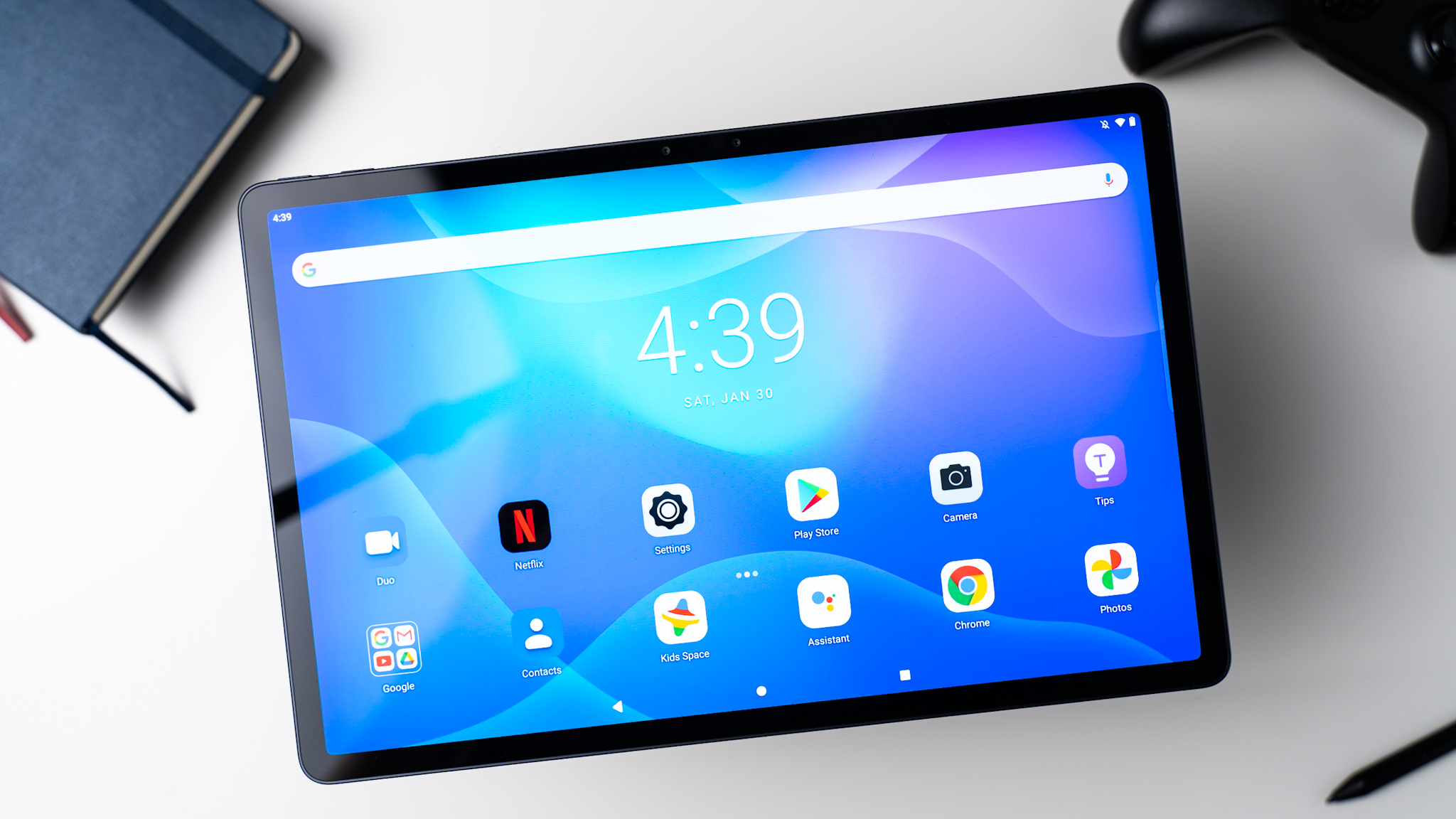
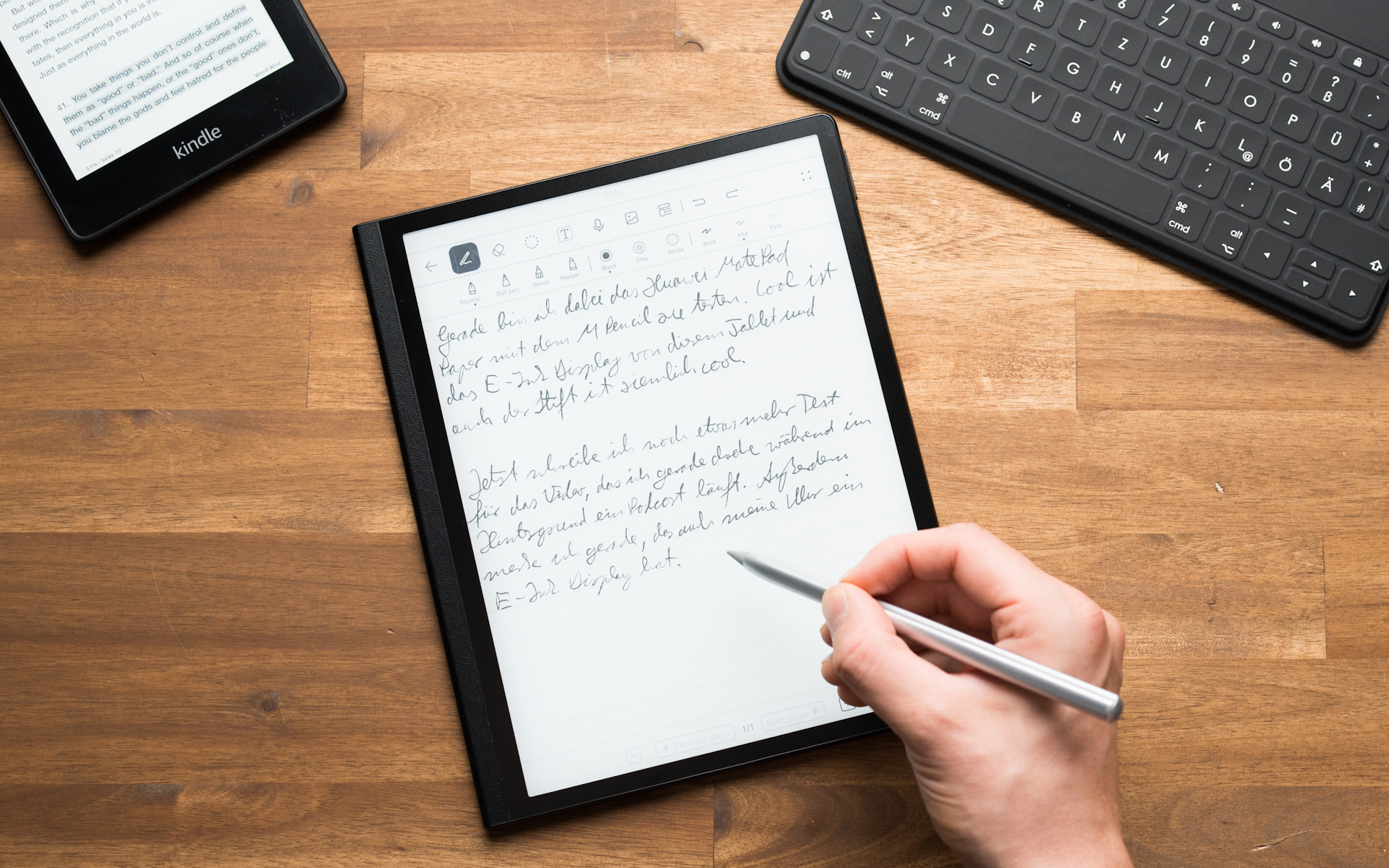

Pingback: Lenovo Tab M11 vs. Tab M10 vs. M10 Plus (3. Generation) Vergleich